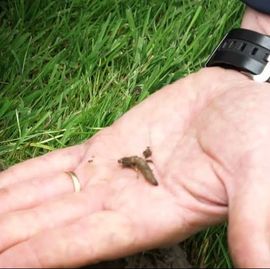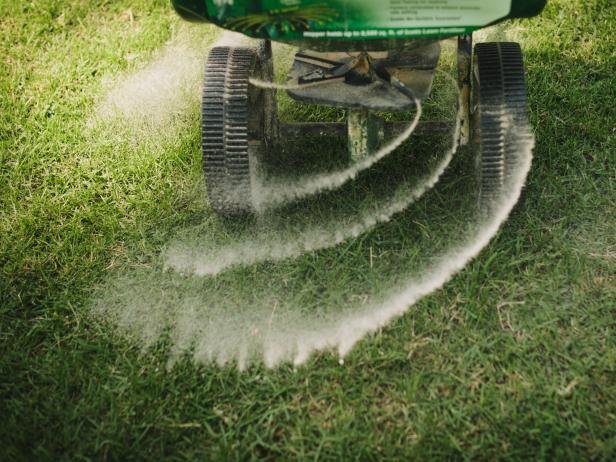Searching for ways to ensure you lawn thrives this coming spring? Proper winter lawn care can help to ensure your lawn comes back in the spring. If you managed to plan ahead in the fall with a lawn aeration and an over-seeding, you are a step ahead of your neighbors. On the other hand, if you skipped the lawn aeration, there is still time to ensure a rich and beautiful lawn come spring. We liken winter lawn care to healthy diet and exercise. You can't expect to cancel on leg day and still maintain those results...can you? In a sense, a lawn needs to be taken care of even in the winter. It is, after all, a plant. Clean off the leaves As a full-service landscape maintenance company, we would advise you to not mulch the leaves into your lawn. Since we service all areas of Clark County, WA, we see all kinds of leaves left piled up in the grass. Sure, leaf compost is fantastic, but mowing over thick, wet, leaves is not leaf compost. It's going to smoother your lawn, and leave it worse than you left it. Rake them off, blow them off, anything, but don't leave the those piles of leaves on the lawn and hope they just blow away. Proper fertilization A lawn care regiment must include regular fertilization. This means a winter fertilization as well Whether you find your fertilizer from a box store, or you have a local landscape supplier, you will want to find the proper bag for your season. Those number on the bag are important, so ask someone if you are unsure as to which type you need. Don't forget the lime! No, not the kind you put in the coconut, the kind made from limestone. Here in the Pacific Northwest, we have to battle against an acidic climate. Lime helps to maintain a balanced pH by raising the scale. In addition to our pine trees and rain, the nitrogen in our fertilizers lower the pH of the lawn. This is where lime helps to raise that number. You can put lime down by the bag, just follow the directions and it will help get those numbers up! Remember, just like tools. not all fertilizers are the same, or even made as well as the next. We believe in quality over quantity. On that note, not all fertilizers last the same amount of time either. You may need to reapply fertilizers 6-8 weeks after. Keep mowing In our region, the grass will keep growing (if it's been properly taken care of) in the winter. Albeit not as not as much as the rest of the year. When you lawn is starting to look shaggy, you will still want to mow it. Make sure you have that blade shape! If you are unsure on how to sharpen the blade yourself, you can take it to any number of hardware stores to get it sharpened. We swap out for newly sharpened blades on our equipment every morning. As a homeowner, you could probably get away with just 2-3 sharpening every year. If you are diligent, and make sure you aren't mowing sticks, rocks, and pine cones, you blade will stay sharper longer. Insecticides How's that saying go? An ounce of prevention is worth a pound of cure? If you prevent the crane-fly from ruining your lawn, it is much easier than trying to fix the damage. Crane-fly larvae, called leatherjackets, will eat through the roots of your grass. With the proper care, you can help prevent this damage. Late winter, or early spring, when the ground is starting to warm up, is what you want to consider treating for these pets.
0 Comments
Leave a Reply. |
AuthorAndrew has been in the lawn and landscaping industry since 2009 Archives
June 2019
Categories |


 RSS Feed
RSS Feed